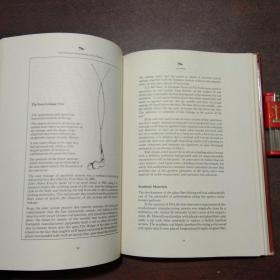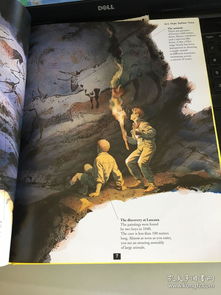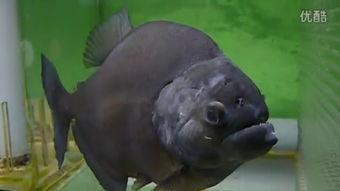The Art of Fly Fishing: Tips and Tricks for Preparing Tasty Bait
Fly fishing, an ancient yet enduring pastime, requires a blend of patience, skill, and a deep understanding of the aquatic world. One of the most critical aspects of fly fishing is the preparation of bait, often referred to as "tasting" in the fishing community. The right combination of bait can make the difference between a successful day on the water and a frustrating experience. In this article, we will delve into the art of fly fishing and provide you with expert tips and tricks on how to prepare bait that will entice even the most discerning fish.
Understanding the Fish's Diet
Before we delve into the specifics of bait preparation, it's crucial to understand the diet of the fish you're targeting. Different species have varying preferences when it comes to food, and knowing what they eat is the first step in creating an effective bait. For instance, trout are known to feed on aquatic insects, while bass and panfish often go for smaller fish or crustaceans.
Choosing the Right Bait
Once you've identified the type of fish you're after, the next step is to choose the right bait. Here are some common types of bait used in fly fishing:

Natural Insects: These include mayflies, caddisflies, terrestrials (like ants and beetles), and midges. The key is to match the size and color of the insect to what the fish are naturally feeding on.
Artificial Flies: These are hand-tied imitations of natural insects and are designed to mimic the movement and appearance of real prey. They come in a vast array of styles and colors.
Soft Plastics: These are often used for bass and panfish. They come in various shapes and sizes and can be fished with a variety of techniques.
Live Bait: Some anglers prefer to use live bait, such as worms, minnows, or leeches. This can be effective, but it requires more preparation and can be more challenging to manage.
Preparing the Bait
Now that you've chosen the right bait, it's time to prepare it. Here are some tips for preparing different types of bait:
Natural Insects: For natural insects, the key is to keep them as natural-looking as possible. This often means removing legs and antennae from mayflies and caddisflies, and using a fine-tipped forceps to attach them to the hook.
Artificial Flies: Artificial flies are ready to use straight out of the package, but it's always a good idea to check them for any knots or loose threads that might tangle or cause the fly to malfunction.
Soft Plastics: Soft plastics can be fished as they are, but many anglers prefer to add a hook and weight to them. This can be done by carefully inserting the hook through the plastic and bending it to secure it in place.
Live Bait: If you're using live bait, it's important to keep it lively and fresh. This often means keeping it in a bucket of water with an aerator or using a live bait well.
Tips for Bait Preparation
Here are some additional tips to ensure your bait is as effective as possible:
- Keep it Natural: Try to match the bait as closely as possible to the natural food source of the fish you're targeting.
- Experiment with Colors: Different colors can trigger strikes, so don't be afraid to try a variety of colors, especially if you're not having luck with the standard patterns.
- Maintain a Natural Presentation: The way you present your bait is just as important as the bait itself. Use slow, smooth movements to mimic the natural movement of prey.
- Practice Makes Perfect: The more you practice your bait preparation and presentation, the more successful you'll be on the water.
Conclusion
Fly fishing is an art form that requires patience, skill, and a deep connection with nature. By understanding the fish's diet, choosing the right bait, and preparing it effectively, you'll be well on your way to a successful day on the water. Remember, the key to successful fly fishing is not just in the bait, but in the knowledge and technique you bring to the table. With these tips and tricks, you'll be ready to tackle any fish that comes your way. Happy fishing!












